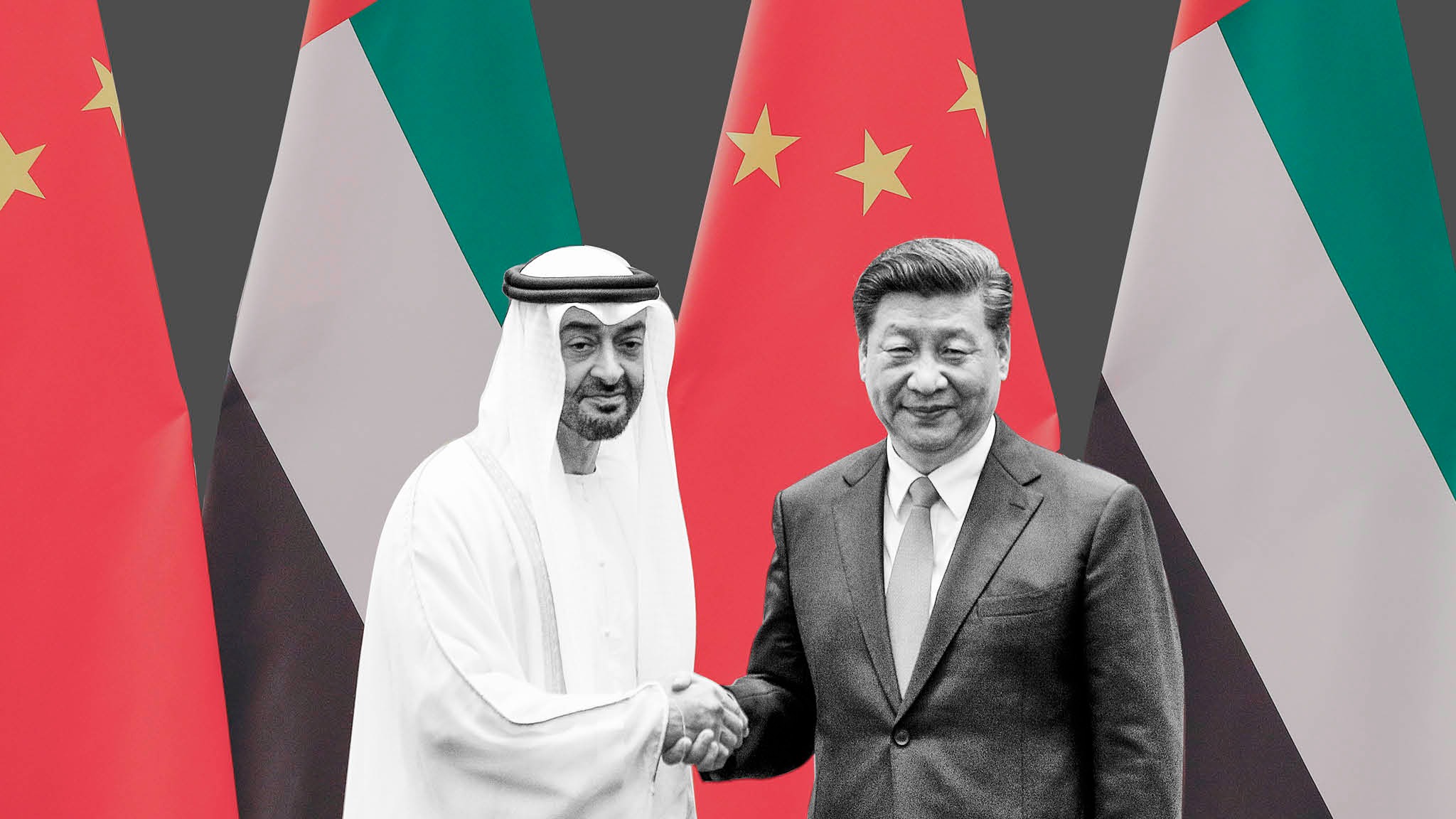The geopolitics of information is shifting. The nineteenth annual version of the Times Higher Education World University Rankings, posted on 12 October, demonstrates an accelerating trend: the United States’s proportion of the sector’s pinnacle one hundred universities is declining, whilst that of East Asian nations, led through China, and universities withinside the Middle East is at the upward thrust. In 2018, the United States boasted near 1/2 of of the sector’s pinnacle one hundred positions withinside the global scores, with forty three universities. In today’s version, the United States has simply 34, as family names like Dartmouth College, and extremely good nearby powerhouse universities consisting of Ohio State and Michigan State lose their pinnacle one hundred status.
Meanwhile, mainland China’s proportion of the sector pinnacle one hundred positions has risen from simply in 2018, to an outstanding seven today. Hong Kong has a similarly 5 pinnacle one hundred institutions, up from simply 3 in 2018. South Korea has 3 pinnacle one hundred locations, up from in 2018. Singapore and Japan each takes pinnacle one hundred locations each. In the Middle East, Saudi Arabia and the United Arab Emirates are main what a few are calling a brand new renaissance pushed through innovation and information creation, subsidized through heavy investment. Saudi’s King Abdulaziz University is one of the quickest growing universities withinside the global, rocketing to one hundred and first function this 12 months, from one hundred and ninetieth ultimate 12 months, and the Kingdom is the maximum progressed nation, through country wide common score, withinside the global scores this 12 months. In the UAE, of the six UAE universities covered withinside the typical global scores for 2023, 5 are at the upward thrust – led through the United Arab Emirates University and the University of Sharjah, that have each surged this 12 months into the sector pinnacle three hundred list.
Shifts in worldwide innovation and information economy The Times Higher Education’s (THE) global rating has grow to be a carefully watched barometer of the shifts withinside the worldwide innovation and information economy, helping governments policymaking and college leaders’ strategic decisions, in addition to helping tens of thousands and thousands of internationally-cellular college students to determine on who to accept as true with with their training. The World University Rankings are primarily based totally on thirteen separate overall performance metrics, protecting the entire variety of internationally-focussed studies universities’ middle missions: coaching, studies, information switch and global outlook. The 2023 version is primarily based totally on an evaluation of over 15.five million studies publications – and over 112 million citations to the ones publications – in addition to a survey of greater than 40,000 lecturers international at the global educational popularity of every school, on pinnacle of statistics on institutional profits and college demographics, consisting of global expertise recruitment and studies collaboration.
So, ought to the statistics be a purpose for alarm for the United States and its Western allies in an more and more more polarised global? No, says Simon Marginson, professor of better training on the University of Oxford, due to the fact there are truely greater first-rate universities withinside the global and a growing tide lifts all boats. There’s no proof that US studies is weakening in an absolute sense,” Marginson advised Times Higher Education. “This is still the maximum prestigious device withinside the global.” But in which there’s purpose for mounting challenge is withinside the worry that growing geopolitical tensions and distrust manner the sector as an entire does now no longer completely enjoy the typical growth in worldwide studies excellence, as structures retreat into nationalism and information sharing shrinks back.
For example, whilst China’s universities excel and upward thrust up the scores, their ratings for global studies collaboration and their proportion of global expertise are in decline. “It might be regrettable if the increase of foreigners running in better training in China has stopped because the engagement is right for everyone,” Marginson advised THE. “However, it might be unsurprising, as we’re now in a greater conflictual technology withinside the geopolitics of better training.” Top of the World University Rankings for the 7th consecutive 12 months, is a college famend for its global information sharing – the UK’s University of Oxford. Oxford is accompanied through Harvard University in second, whilst the University of Cambridge (up from 5th) and Stanford University (up from 4th) proportion 1/3 place. The Massachusetts Institute of Technology holds 5th place.
In a similarly nod to the United States decline, the University of Chicago has misplaced its global pinnacle-10 place, falling to 13th, with the UK’s Imperial College London taking its place, transferring up from twelfth ultimate 12 months, to tenth in 2023. Oxford’s vice chancellor Louise Richardson stated in a statement: “My colleagues and I are virtually thrilled that for the 7th consecutive 12 months Oxford has been named the pinnacle college withinside the global. I am very thankful to individuals who paintings on compiling those scores which show so beneficial to universities. Above all, I am indebted to the top notch males and females of Oxford whose studies and coaching keeps to excite our imaginations, expand our horizons, treatment sickness and discover deeply tough troubles for the betterment of society. I am so proud to be related to them.”


